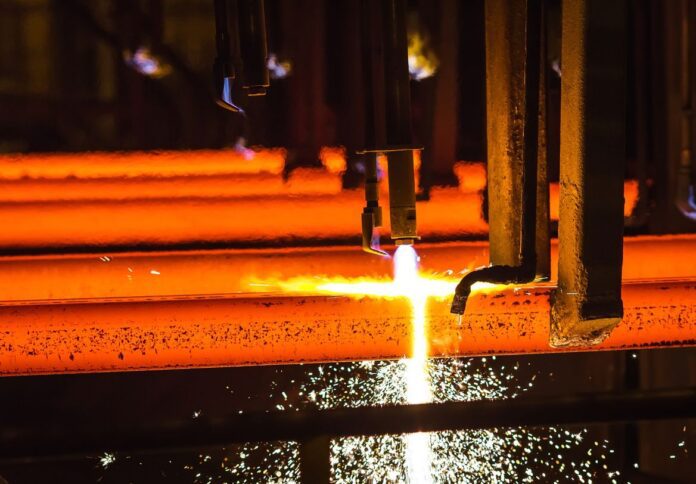
The health of Australia’s manufacturing industry has continued to see a downturn in May, with the headline seasonally adjusted Judo Bank Australia Manufacturing PMI posting a 48.4, up from April’s 48.0.
The latest PMI remains below 50.0 in contraction territory, despite the slight rise from April as the underlying trend remains consistent with a gradual slowdown in activity across the sector. The result marks the third straight month-on-month deterioration in overall business conditions, albeit at a softer pace.
The result comes as new orders remained in contraction territory, leading to lower production levels halfway through the month.
“This suggests that the sector is experiencing a normal cyclical slowdown with few signs of a more severe downturn typical of a recession in the broader economy,” said Warren Hogan, chief economic advisor at Judo Bank.
Sales for Australian manufacturing goods fell again midway into the second quarter. Tighter global monetary policies and weak underlying demand undermined buying interest, according to panellists.
Similar to new orders, the foreign demand index also contracted at a shallower pace in May.
Businesses also remained careful with their hiring activity in May, resulting in a slowdown in workforce capacity expansion.
Meanwhile, price pressures intensified compared with April’s result, but remained relatively subdued compared to historical averages after falling sharply at the start of the second quarter.
Input cost inflation slightly increased from the previous month due to faster increases in the costs of raw materials, labour, and transportation.
Business leaders’ confidence in the manufacturing sector saw an improvement in May but remained well below its series average, dragged by concerns over higher interest rates and weak economic conditions.
“These developments in the manufacturing sector will likely be welcomed by policymakers, particularly the RBA. The economic policy priority is to get inflation back down to the RBA’s 2 per cent to 3 per cent target, which will require a slowdown in economic activity. This is precisely what we are seeing in the manufacturing sector in 2023. The recent pick-up in service sector activity could be problematic for the RBA,” Hogan said.




















